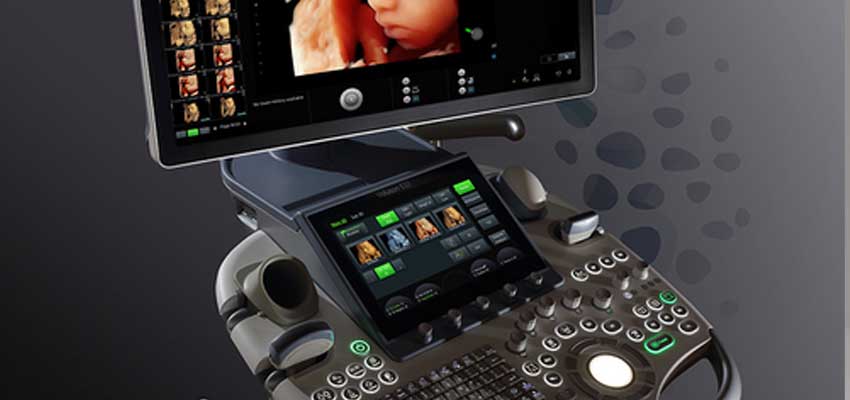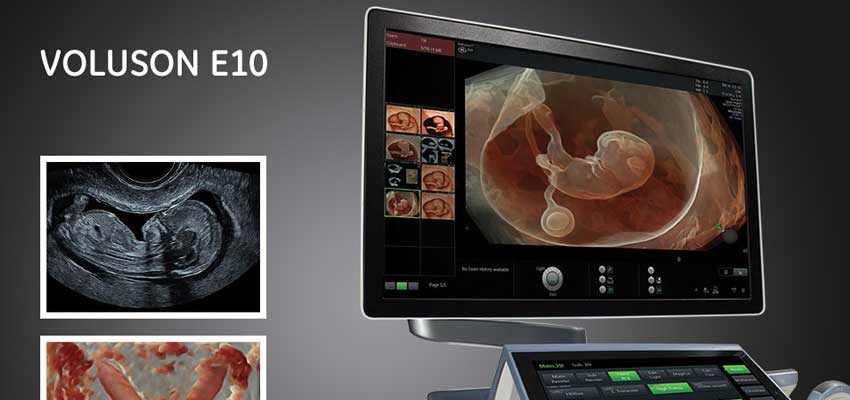Ultrasound scan
An ultrasound scan, sometimes called a sonogram, is a procedure that uses high-frequency sound waves to create an image of part of the inside of the body.
An ultrasound scan can be used to monitor an unborn baby, diagnose a condition, or guide a surgeon during certain procedures.
How ultrasound scans work
A small device called an ultrasound probe is used, which gives off high-frequency sound waves.You can’t hear these sound waves, but when they bounce off different parts of the body, they create “echoes” that are picked up by the probe and turned into a moving image.
Preparing for an ultrasound scan
Before having some types of ultrasound scan, you may be asked to follow certain instructions to help improve the quality of the images produced.
For example, you may be advised to:
- Drink water and not go to the toilet until after the scan – this may be needed before a scan of your unborn baby or your pelvic area
- Avoid eating or drinking for several hours before the scan – this may be needed before a scan of your digestive system, including the liver and gallbladder
Depending on the area of your body being examined, the hospital may ask you to remove some clothing and wear a hospital gown
If you need a sedative to help you relax, this will be given through a small tube into the back of your hand or into your arm.
What happens during an ultrasound scan
- Most ultrasound scans last between 15 and 45 minutes. They usually take place in a hospital radiology department and are performed either by a radiologist or a sonographer.
- There are different kinds of ultrasound scans, depending on which part of the body is being scanned and why.
- An external ultrasound scan is most often used to examine your heart or an unborn baby in your womb.
- It can also be used to examine the liver, kidneys and other organs in the tummy and pelvis, as well as other organs or tissues that can be assessed through the skin, such as muscles and joints.
- A small handheld probe is placed on your skin and moved over the part of the body being examined.
- A lubricating gel is put on your skin to allow the probe to move smoothly. This also ensures there’s continuous contact between the probe and the skin.
- You shouldn’t feel anything other than the sensor and gel on your skin (which is often cold).
- If you’re having a scan of your womb or pelvic area, you may have a full bladder that causes you a little discomfort.
- There will be a toilet nearby to empty your bladder once the scan is complete.
After an ultrasound scan
- In most cases, there are no after-effects and you can go home soon after the scan is finished.
- Are there any risks or side effects?
- There are no known risks from the sound waves used in an ultrasound scan. Unlike some other scans, such as CT scans, ultrasound scans don’t involve exposure to radiation.
- External ultrasound scans don’t have any side effects and are generally painless, although you may experience some discomfort as the probe is pressed over your skin.


